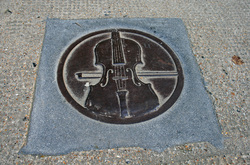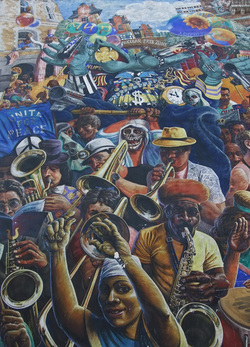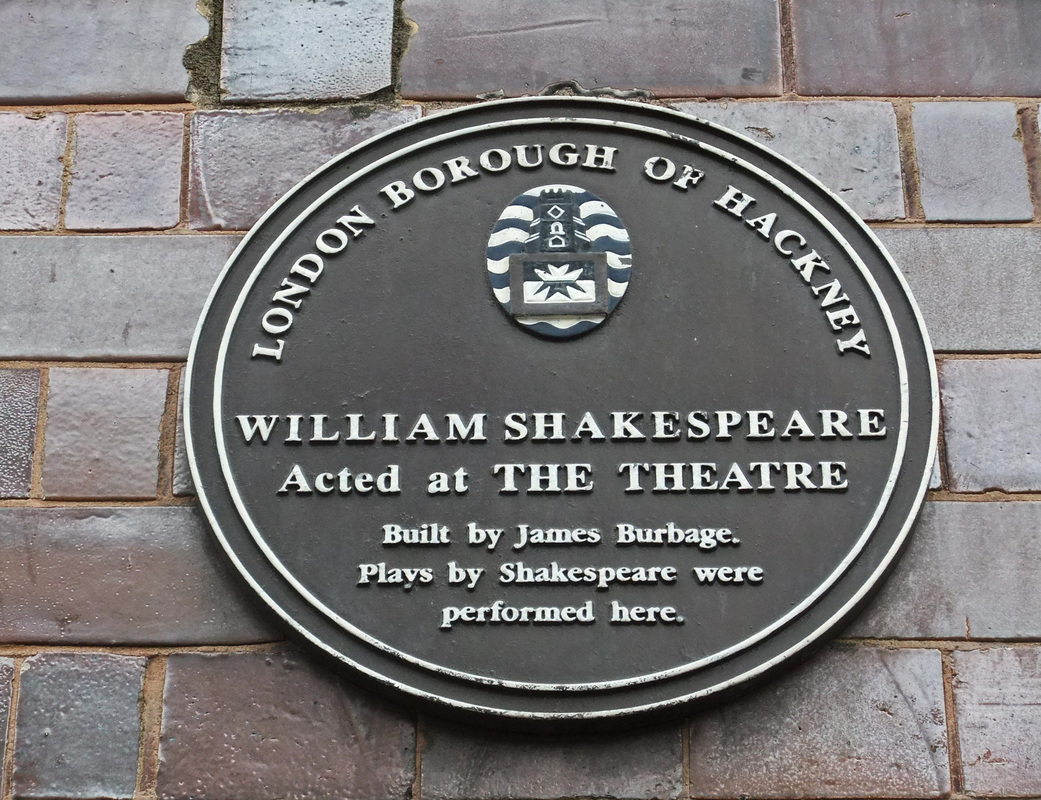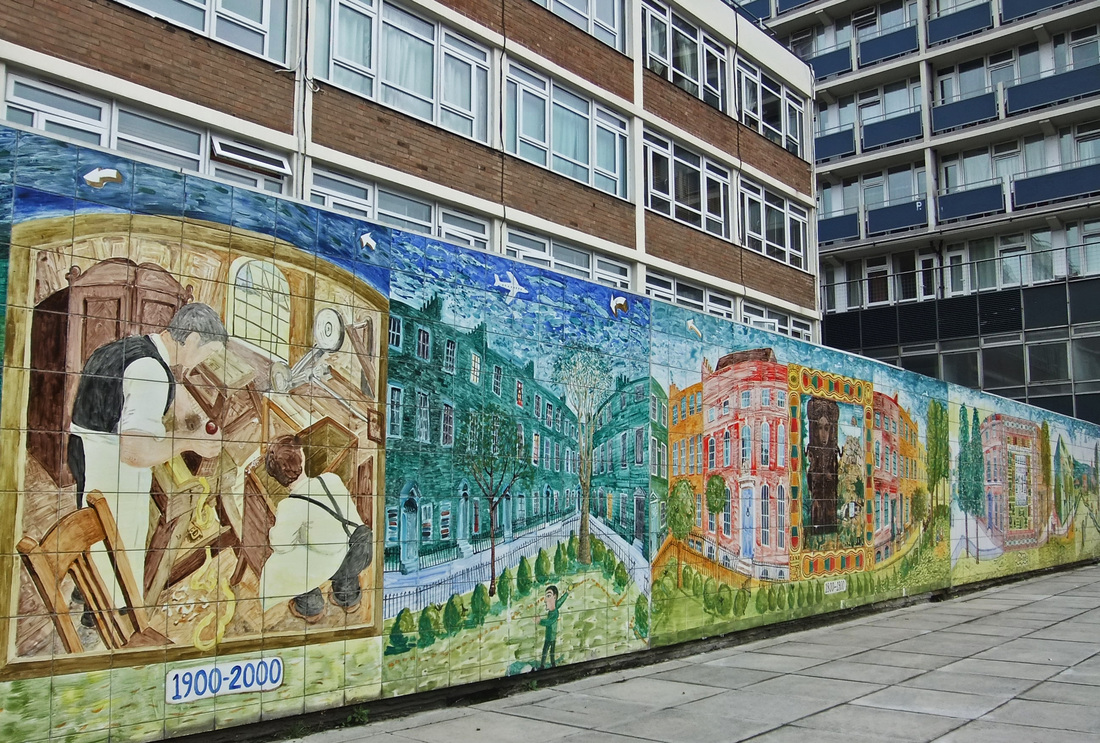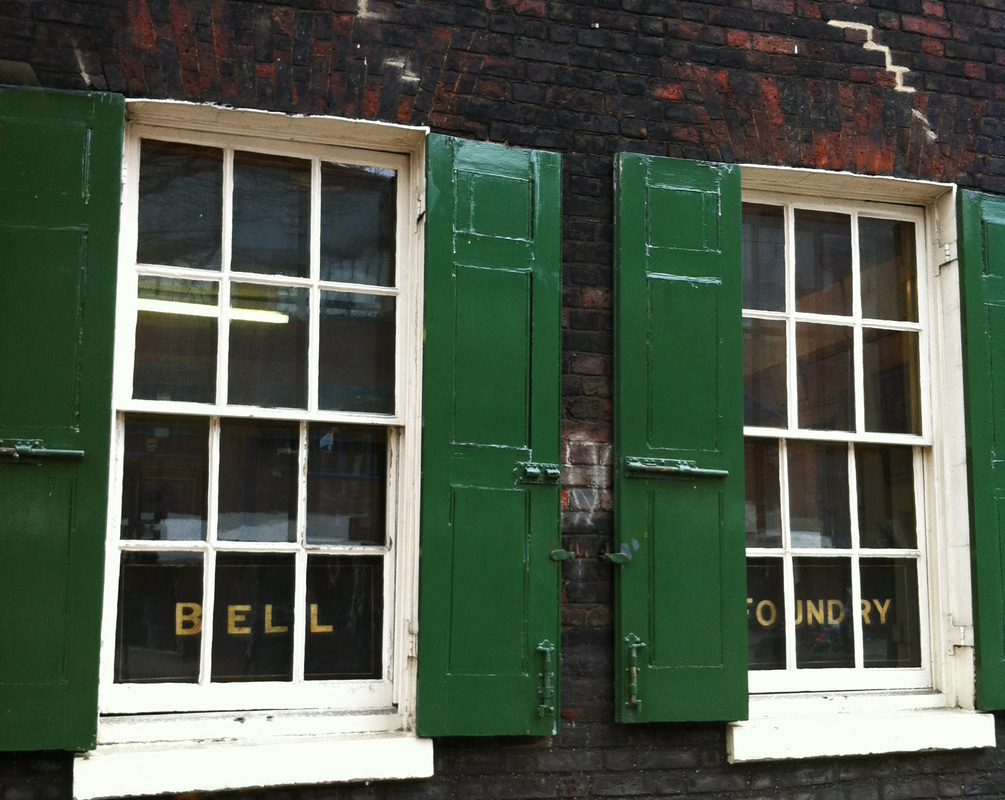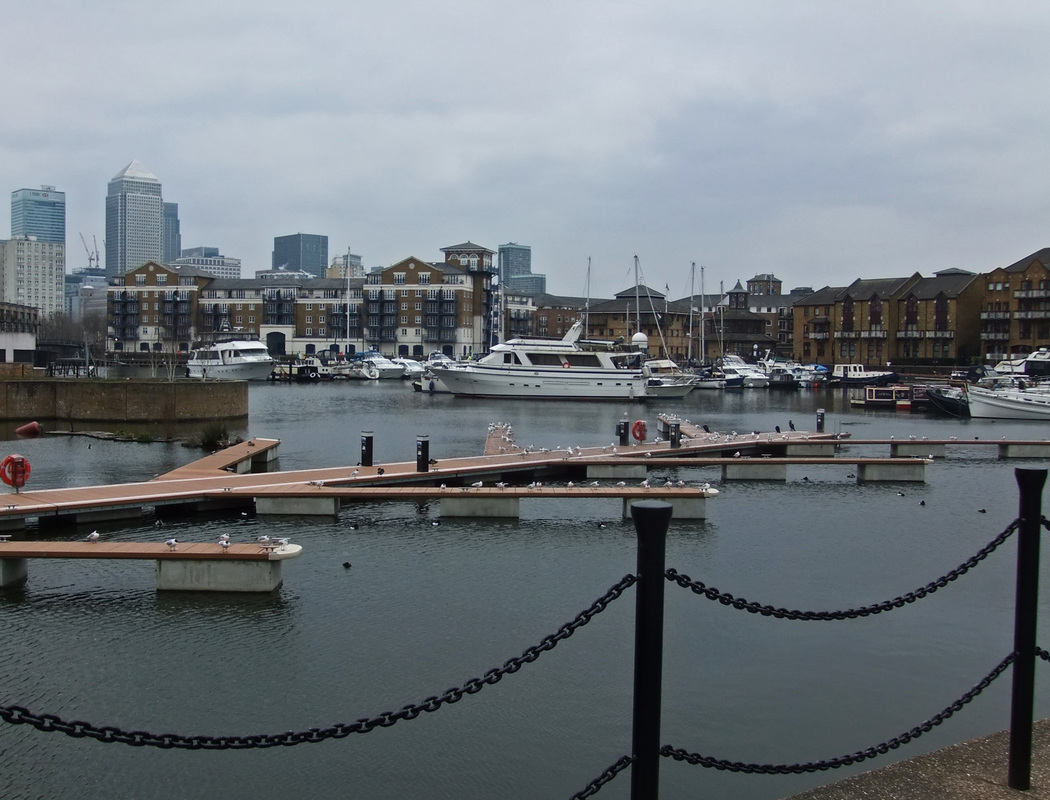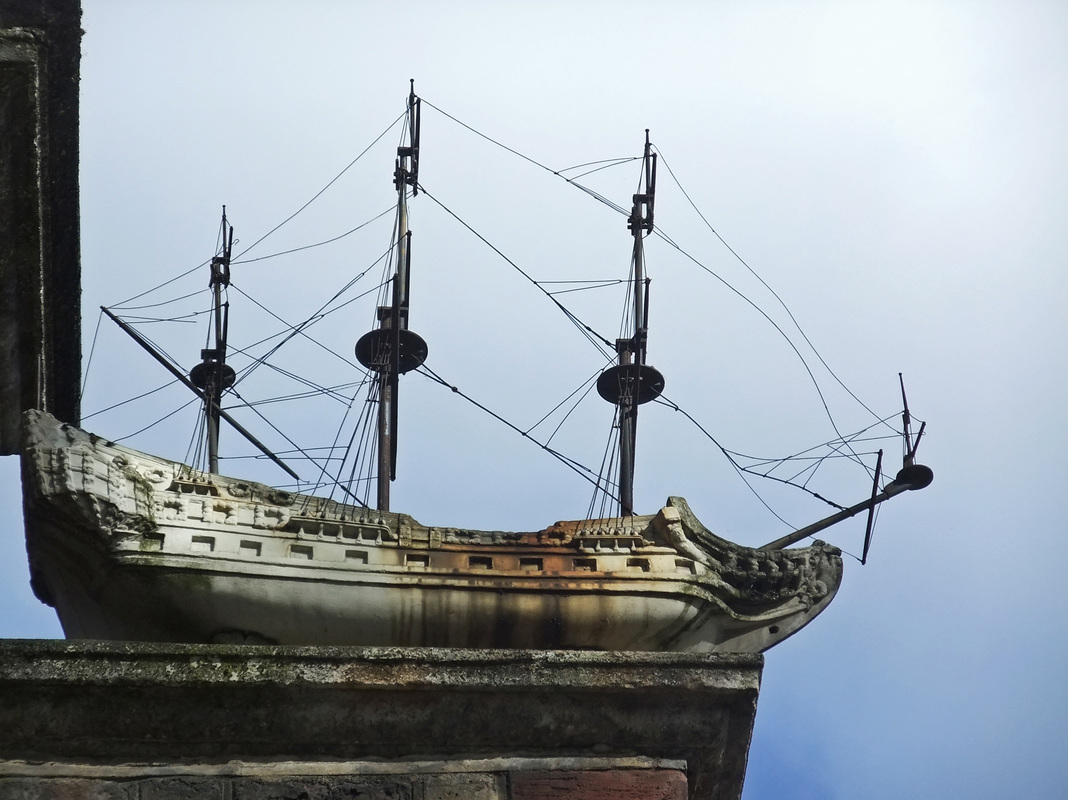The East End
During the 18th century the Port of London was the largest port in the world. It specialised in luxury goods such as ivory, tobacco, spices, coffee, cocoa, wine and wood. Shipping ended here in 1969 and today, the docks have become expensive apartments.
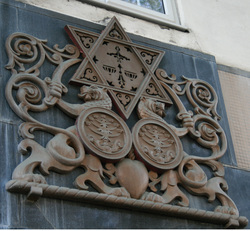
Walks in the East End.
A staircase to Bethnal Green
The many faces of Dalston
A place where travellers are welcome: Walthamstow Village
On the trail of street art: Hoxton to Shoreditch
Sailing to Stepney Green
